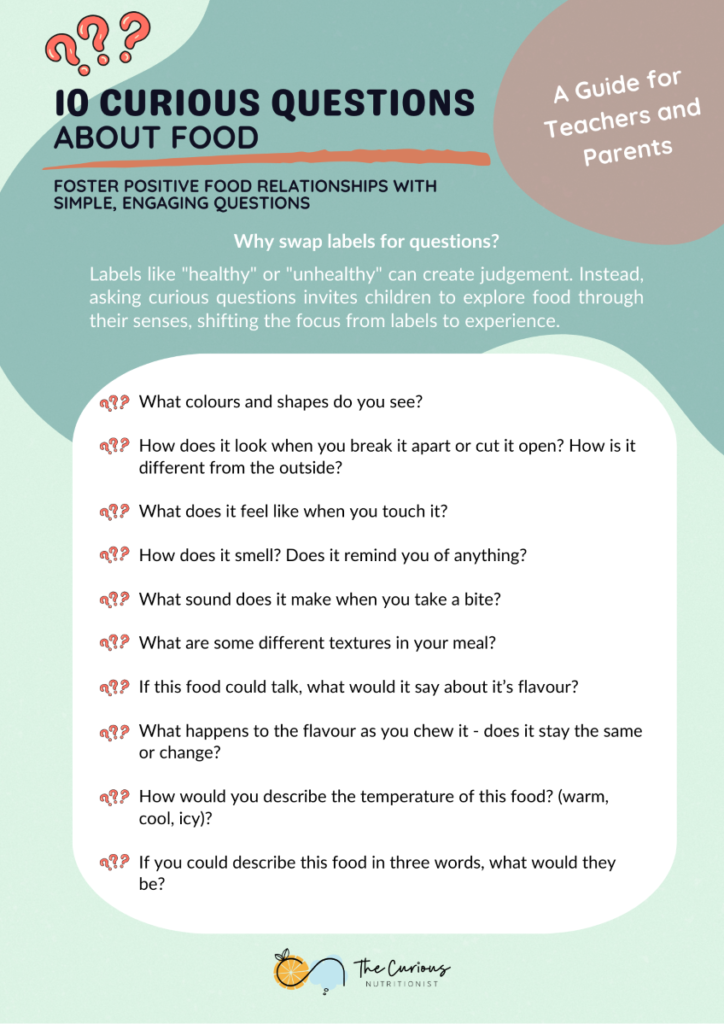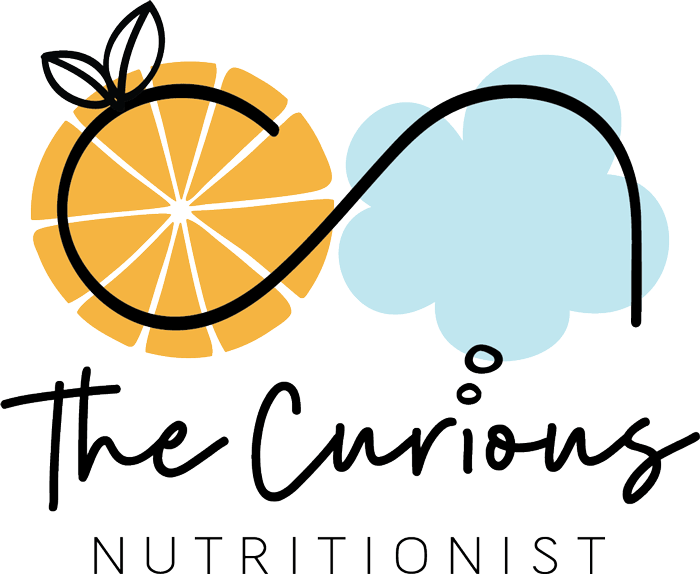
Healthy eating education in schools has long relied on a top-down approach, emphasising nutrition facts and ‘healthy choices’ to shape behaviour. While well-intentioned, this method often misses the mark. Oversimplified messages like “eat more fruits and vegetables” or “avoid unhealthy snacks” fail to address the complexity of food relationships and skills. Instead, they risk creating polarising and judgemental attitudes fuelled by “healthism”—an ideology that moralises food choices rather than appreciating the diverse roles food plays in our lives.
For instance, labelling a lunchbox as ‘unhealthy’ because it contains sweet treats or packaged food can discourage children and limit opportunities to explore food in a positive way. Such messages can lead to misunderstandings, reinforcing stigmatising language and black-and-white thinking about food.
Where to Now?
A new approach is long overdue, one that shifts the focus from labels to curiosity and exploration. Sensory-based food education offers a path forward. This method, developed by Jacques Puisais, a French chemist specialising in taste and food sensitivity, encourages children to engage with food using their five senses.
Taste education, formally introduced in the mid-20th century by Puisais, was born out of his desire to teach both children and adults to explore food through sensory experiences rather than relying solely on nutritional data. Puisais believed that by focusing on taste, flavour, and variety, individuals could develop a deeper appreciation and understanding of food. This sensory-based approach has since evolved into a cornerstone of modern food education, emphasising curiosity and interaction with food.
We learn about our world through sensory integration, where the body gathers information and the brain interprets it. Similarly, children build familiarity and confidence with food through repeated exposure and hands-on experiences. In schools, sensory-based education fosters food literacy, allowing children to develop a broad food vocabulary while cultivating curiosity and preferences. By creating a positive environment and using tools like sensory exploration and questioning, we can support children in building lifelong food skills.
The Art of Asking Questions
Asking thoughtful, open-ended questions engages curiosity, encourages critical thinking, and helps children connect with food on a sensory level. For example, instead of labelling foods as ‘healthy’ or ‘unhealthy,’ teachers and parents can ask questions like:
- What colours and shapes do you see?
- How does it smell? Does it remind you of anything?
- What sound does it make when you take a bite?
- How does it feel when you touch it?
- If this food could talk, what would it say about its flavour?
These prompts help children explore food without judgement, fostering a safe and supportive learning environment.
A Practical Resource for Parents and Teachers
To help parents and teachers implement this approach, we’ve created the “10 Curious Questions About Food” flyer. This resource offers practical prompts designed to spark sensory exploration and meaningful conversations about food in classrooms and at home. Whether it’s during snack time, class discussions, or at family meals, these questions encourage curiosity and engagement.
By moving away from labels and embracing sensory-based approaches, we can empower children to build a lifelong relationship with food. Let’s make food education a joyful, curious, and inclusive experience.


